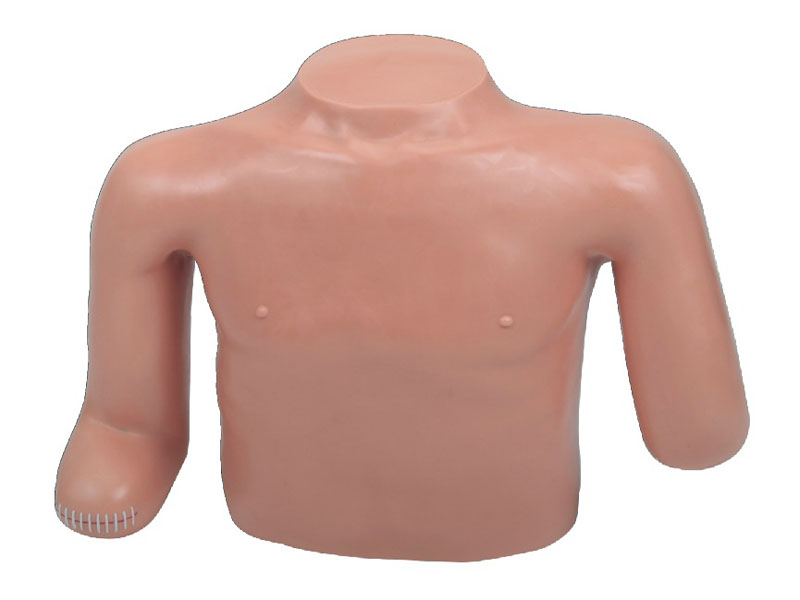06-03-2024
ADA MED SUPPLY LIMITED
In the medical field, wound treatment and bandaging techniques are one of the basic skills that every medical staff must master. As a professional medical teaching tool, the high-level bandaging model provides medical staff with a highly simulated, safe and controllable practice environment, which is of great significance for improving their bandaging skills and emergency response capabilities. This article will deeply explore the definition, characteristics, application and value of the high bandaging model in modern medical education and practice.
1. Characteristics of high bandaging model
The characteristics of the high bandaging model are mainly reflected in the following aspects:
Highly simulated: The model is designed based on the anatomical structure of the real human body and can accurately simulate the shape and location of various wounds, providing medical staff with a realistic practical operating environment.
Safe and controllable: Compared with real patients, there is no risk of infection, bleeding, etc. during the operation of the high bandaging model. Medical staff can practice repeatedly in a safe environment until they master the bandaging technique.
Diversified choices: The high-position bandaging model can be personalized according to different teaching needs, including wounds of different parts, sizes and depths, to meet the practical needs of medical staff in different scenarios.
Easy to operate: The model is designed with full consideration of the convenience of actual operation. Medical staff can easily simulate the bandaging process, thus improving their skill level more effectively.
2. Application value of high bandaging model
The application value of the high-position bandaging model in modern medical education and practice is mainly reflected in the following aspects:
Popularization of medical education: In medical schools and clinical practice sites, high-position bandaging models can be used as basic teaching aids to help students gain access to bandaging technology earlier and improve their operational skills. Through repeated practice, students can gain a deeper understanding of the principles and methods of bandaging technology and lay a solid foundation for future clinical practice.
Clinical practice assistance: In clinical practice, the high bandaging model can be used as an auxiliary tool for medical staff to help them better perform wound treatment and bandaging operations. Especially when facing complex wounds or emergencies, medical staff can use models to simulate operations to improve the accuracy and safety of operations.
Scientific research support: The high-level bandaging model can also be used in the field of scientific research to provide researchers with a realistic experimental environment. By simulating different wound types and dressing methods, researchers can conduct in-depth research on the effects and room for improvement of dressing technology, providing scientific basis for clinical practice.
Improved emergency handling capabilities: Through practicing on the high-position bandaging model, medical staff can master the high-position bandaging technology in a short period of time and improve their emergency handling capabilities. This is of great significance in scenarios such as handling emergencies and emergency rescue.
With the continuous development of medical technology and people's increased emphasis on wound treatment technology, the application prospects of high-position bandaging models will be broader. In the future, we have reason to believe that this tool will play a more important role in modern medical education and practice and make greater contributions to human health.
